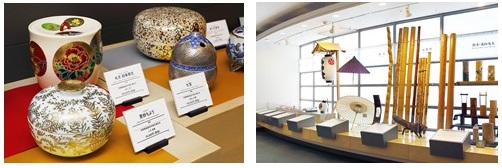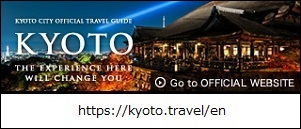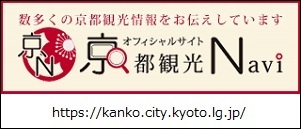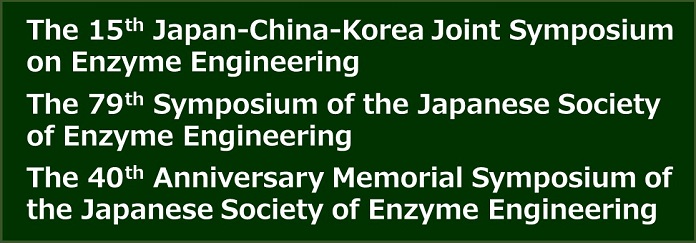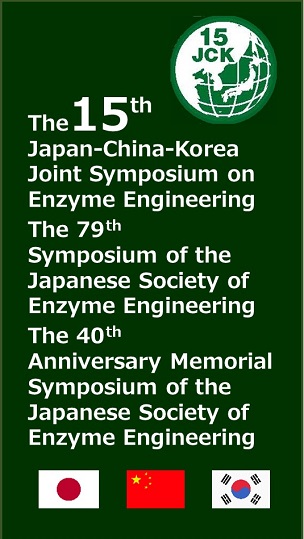

@Post Conference Tour
Please reserve your Post Conference Tour in your Symposium registration form.
Post-conference tour fee: JPY 8,000 (transportation, lunch, and entry fees are included).
‘Note
Reservation for the post conference tour should be done together with the conference registration. Reservations will be handled on a first-come-first-served basis. Depending on the number of available seats, reservation may be possible at the Symposium venue.
Tour programs are subject to change due to unforeseeable events.
Day
JUL.02 (MON)2018
Course
Visit the Kinkakuji (Golden Pavilion), which is a Zen temple formally known as Rokuonji. In 1397 construction started on the Golden Pavilion as part of a new residence for the retired shogun Ashikaga Yoshimitsu. Kinkakuji was converted into a Zen temple after Yoshimitsu's death in 1408.
The Golden Pavilion functions as shariden, housing sacred relics of the Buddha and is gilded with gold. The present building dates from 1955 as the pavilion was burnt down by a fanatic monk in 1950.
Move to Nijo Castle (Nijojo) was built by Tokugawa Ieyasu, founder of the Edo Shogunate, as the Kyoto residence for himself and his successors.
The palace building now known as Ninomaru (secondary castle), was completed in 1603 and enlarged by Ieyasu's grandson Iemitsu. It survives in its original form and is famous for its Momoyama architecture, decorated sliding doors and floors that squeak like nightingales when someone walks on them .
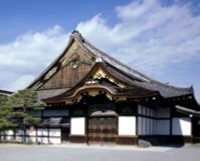 @@@
@@@
Move to Heian-jingu Shrine was built in1895, as the 1,100th anniversary of the transfer of the capital from Nara to Kyoto. Heian-jingu Shrine is also famous for its garden, with a large red front gate as its symbol. Heian Shrine is dedicated to the spirits of the first and last emperors who reigned from the city, Emperor Kammu (737-806) and Emperor Komei (1831-1867). Heian is the former name of Kyoto.

Next, walk up to Kyoto Museum of Traditional Crafts. The museum welcomes you with its machiya-style entrance and inner garden, so characteristic of Kyoto atmosphere.. Enter the world of traditional crafts. Traditional crafts are the essence of Kyoto history and culture, and FUREAIKAN is the only place where all of them can be discovered at once ? permanent exhibition brings together all the 74 categories of Kyoto traditional industries. Crafts and their techniques are introduced and explained one by one through 500 artifacts, panel displays and videos and where you are also served Tea and Cakes.Afternoon tour terminates and we dismiss here.
